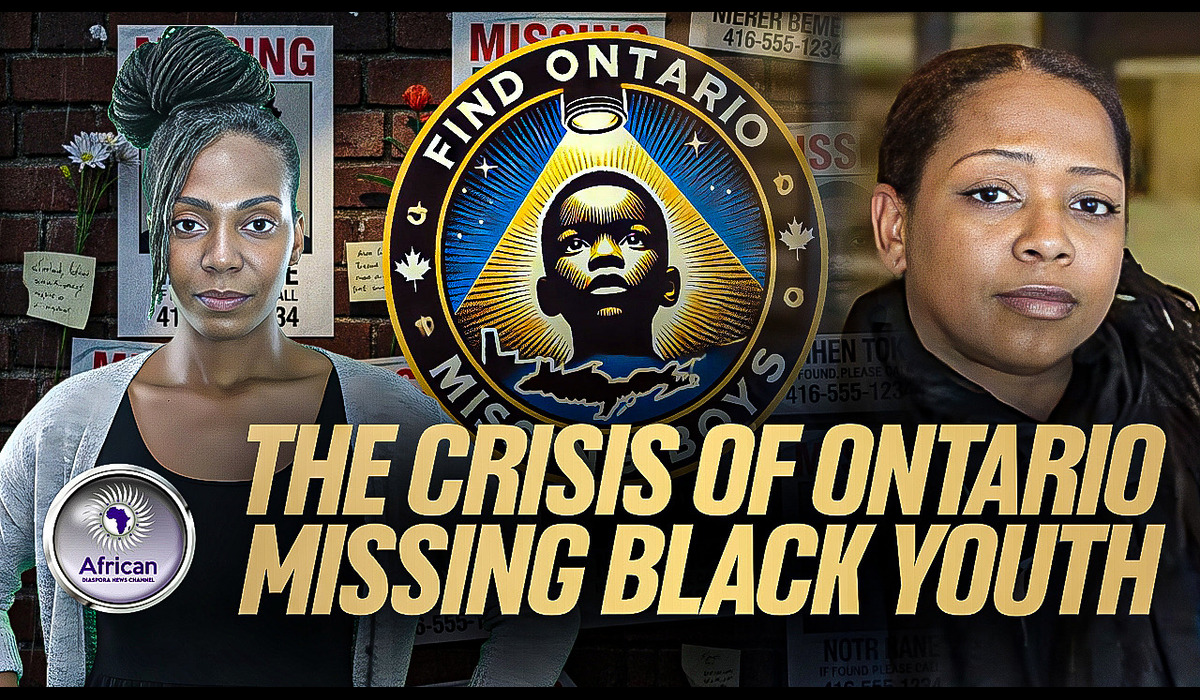Ottawa has unveiled one of the largest federal development pushes in recent memory, pairing a long-term infrastructure fund with a new system for fast-tracking major national projects. The goal: build faster, invest deeper, and show Canadians that the federal government can still think — and act — on a country-shaping scale.
At the centre is a new Major Projects Office tasked with cutting duplication and speeding up approvals across critical sectors like transportation, energy, ports, and industrial development. Supporting it is a broad investment package that includes billions earmarked for housing-related infrastructure, regional transportation improvements, upgraded supply-chain networks, next-generation energy projects, and strategic research and innovation.
Unlike previous sweeping announcements, this one emphasizes mechanics as much as ambition. Officials have signalled clear timelines for project assessments, stronger public reporting, and more structured Indigenous engagement throughout planning and approval phases. The message is clear: the country needs to build — not talk about building — and do it in a way that respects rights and delivers accountability.
The fiscal scale is substantial, with federal spending rising and the deficit widening to accommodate long-term economic and industrial capacity. Supporters argue the plan is a necessary counter to global supply-chain rivalry, shifting energy markets and national-security priorities. Critics question whether the strategy arrives too late, costs too much, or risks moving faster than environmental or local-stakeholder processes can support.
All of this unfolds against the backdrop of a minority Parliament, where budget measures and large-scale commitments double as high-stakes political tests. A government can introduce an ambitious nation-building agenda — but in a minority setting, it cannot implement it alone. Opposition parties now hold the power not just to debate priorities, but to decide whether Canadians continue under the current leadership or return to the polls.
If the plan generates early wins — visible shovels in the ground, concrete local benefits, and a demonstration that the promised “build faster, build smarter” mandate is more than political language — it may shore up enough parliamentary support or strategic abstention to survive a confidence vote.
If delays mount, communication falters, or skepticism hardens into rejection, then the opposition may seize the moment. A failed confidence vote would send Canadians back to the ballot box, turning an economic-development blueprint into the opening chapter of an election.
Canada has seen ambitious national projects before, from pipelines to post-war nation-building programs. The difference now is urgency: Canadians are impatient with promises and looking for proof. The government has placed a massive bet on execution — not rhetoric — to maintain confidence in its direction.
Now the question is simple, and the answer rests not only in Parliament but in neighborhoods, job sites, and local economies across the country:
Is this the beginning of a renewed national build-out — or the last roll of the dice before voters decide again?









